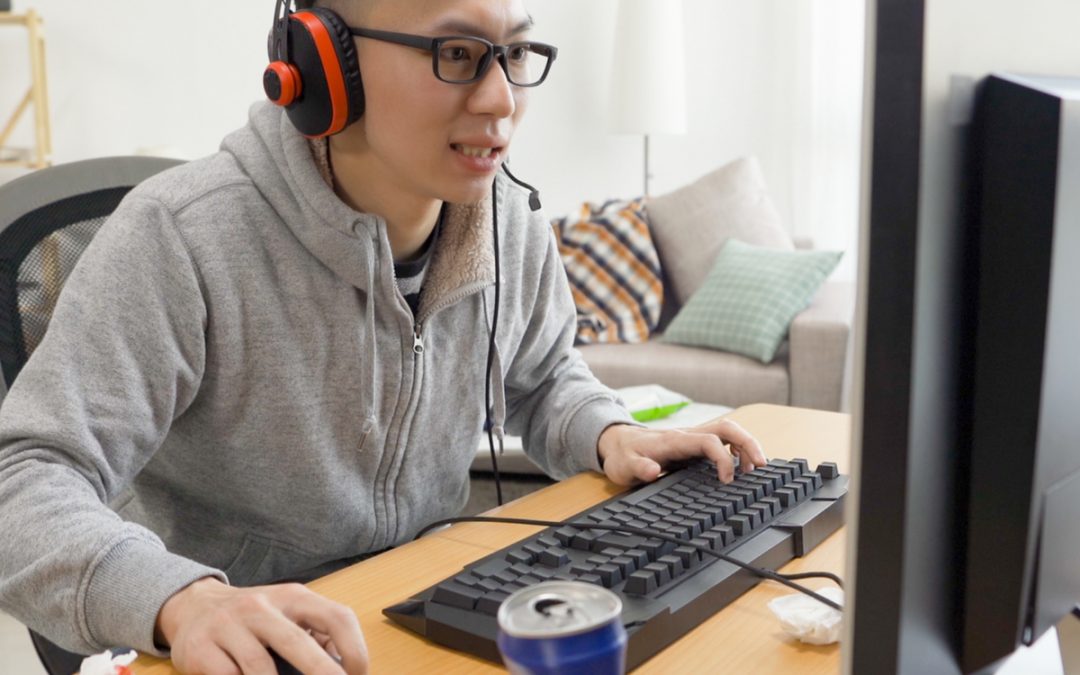Sunday morning, Harrison wakes up late, as usual, after playing video games with some of his friends from all over the country. He usually reserves Saturday evening until the wee hours of Sunday for some down time. He has mastered the art of physical distancing, but still manages to have an active social life. True, he doesn’t hang out with his friends face to face right now, but through technology, he stays on top of everything they are doing. He feels pretty connected, if a little isolated.
After responding to his father’s text about the upcoming holiday break, Harrison logs into his campus email account and sees that two of his professors have sent out reminders that pre-recorded lectures will be posted tomorrow. He makes a note to watch them on Monday after lunch because he needs to prepare for an online test at the end of the week. Oh, yeah, Harrison remembers that he has not marked the test on his calendar yet. He needs to make sure he doesn’t forget that the professor will open it only during their regularly scheduled class time: Friday from 11:00 to 11:50 a.m. This is very different than another professor who gives him a three-day window to complete exams.
Another course that has been meeting face to face, with masks and distancing, is going to be moved online for the week, so Harrison marks in his calendar to log in at 9:25 on Tuesday and Thursday instead of going to the building where the class is usually held. His professor will be live-streaming the lecture and will expect not only that everyone attend, but also participate throughout the lecture. Harrison’s professor uses technology that allows Harrison to ask and answer questions during the presentation, and he even asks students to break out in small groups online to answer discussion questions.
Whereas Harrison could have, last year, stumbled into class half-prepared and sat in the back to avoid participating in the discussion, he now must truly prepare, attend, and review each week. Harrison feels as though he has never worked so hard in his life to learn and to manage his time. Harrison uses a dry-erase wall calendar to remind him what he needs to do each week, a paper month-by-month wall calendar to record important tasks or events such as tests, papers, and registering for next semester. He also uses his online calendar to set reminders; he has the calendar synched with his phone so he knows what he needs to do at all times. He knows he cannot afford to miss an assignment or forget to attend class or watch lectures.
Each week brings a new challenge and changes to how he will access and participate in class. Harrison is both exhausted and driven to do well in his courses. He knows that he needs to stay on top of his health and wellbeing in all of this, so he makes sure he takes all the necessary health precautions, follows his college’s guidelines, and carves out time to exercise and reward himself for his accomplishments. Harrison longs for a more normal semester, but he also knows that he can do this.
Harrison’s story illustrates a real possibility of what your student may face this fall. Of course, the example of Harrison doesn’t include what will happen if Harrison or someone he is close contact with becomes sick, nor does it include what will happen if Harrison’s institution makes drastic changes to guidelines, policies, or procedures. What it does underscore–and what you can help your student prepare for at this time–is that your student will need to create a routine that allows for time to review what needs to be done each week. Each week may be different for each class, and your student will have to read their email or check other technology that their professors may use to communicate.
One thing that Harrison doesn’t do, but I highly encourage, is to find classmates to work with as “accountability buddies.” These are people in classes that your student can study with or that can keep your student on task. Another strategy for Harrison, and your student, is to identify resources that can be used to help them. Does your student’s college have tutoring online or counseling via Zoom? These resources could be another way your student can manage the fall semester.
Will it be easy? I honestly doubt it. But I do know that among the faculty who are delivering the courses, the campus resources that are working to connect with students in the absence of face-to-face options, and the students who are attempting to juggle it all, we can get through it.

